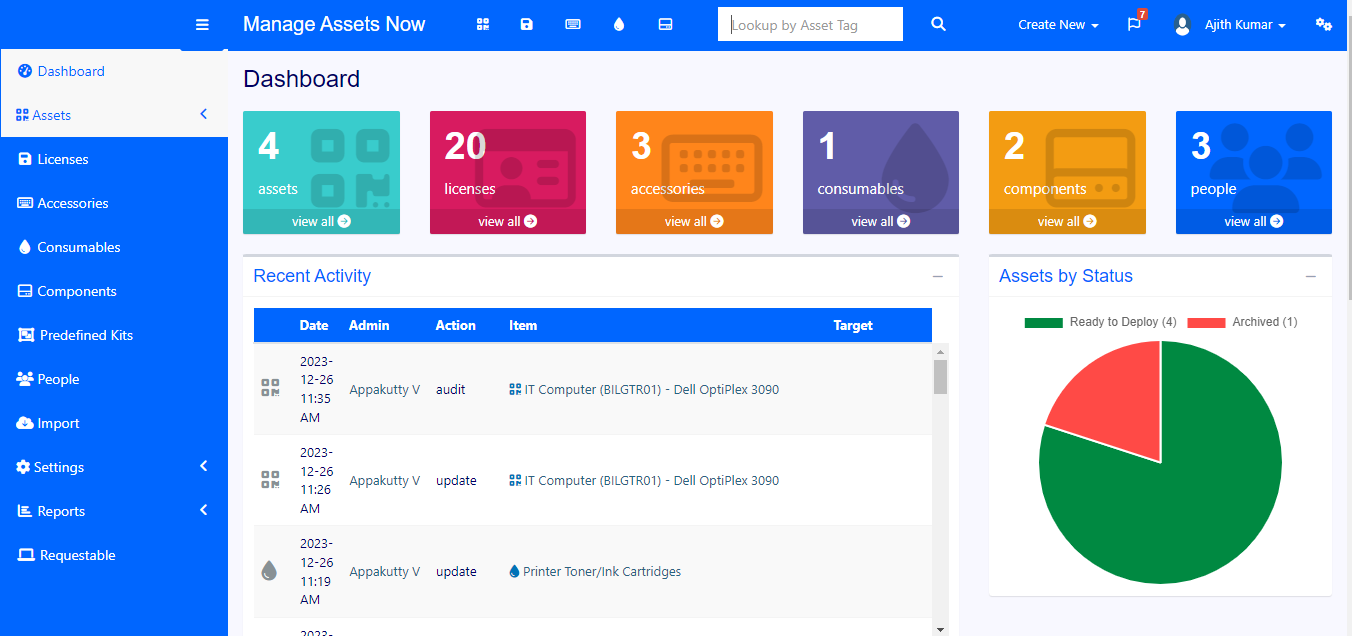Introduction: In an era where technology is at the heart of every business operation, the need for a comprehensive inventory management system for both hardware and software has never been more critical. This article serves as a guide for businesses looking to streamline their operations, enhance security, and optimize resources through effective inventory management.
The Importance of Inventory Management: Inventory management goes beyond simple record-keeping; it is the cornerstone of organizational efficiency. This section emphasizes the strategic role of maintaining accurate hardware and software inventories, highlighting how it impacts decision-making, cost control, and overall productivity.
Core Features of Inventory Tools: To effectively manage hardware and software assets, businesses turn to specialized inventory tools. This segment explores the key features that define a robust inventory tool, covering aspects such as automated discovery, real-time monitoring, reporting capabilities, and integration with other business systems.
Selecting the Right Inventory Tool: Choosing the right inventory tool is a critical decision that directly influences the success of an organization's inventory management strategy. This article provides a comprehensive guide to the factors businesses should consider, including scalability, ease of use, customization options, and compatibility with existing infrastructure.
Implementing Inventory Tools: Successful implementation is as crucial as selecting the right tool. This section outlines a step-by-step approach to implementing inventory tools, from planning and deployment to training and ongoing maintenance. Real-world examples demonstrate how organizations have successfully integrated inventory tools into their workflows.
Benefits of Robust Inventory Management: The advantages of a well-executed inventory management strategy extend far beyond maintaining a list of assets. Improved asset utilization, reduced downtime, enhanced security, and simplified compliance are among the many benefits discussed in this segment, showcasing the tangible outcomes businesses can achieve.
Challenges and Solutions in Inventory Management: Implementing and maintaining an inventory system comes with its set of challenges. This article addresses common hurdles, such as data accuracy, software licensing complexities, and scalability issues, providing practical solutions to overcome these obstacles.
Future Trends in Inventory Management: As technology continues to evolve, so do the trends in inventory management. This segment explores emerging technologies and trends, including Artificial Intelligence (AI), Internet of Things (IoT), and cloud-based solutions, offering a glimpse into the future of inventory management.
Conclusion: In conclusion, effective hardware and software inventory management is a strategic imperative for businesses seeking operational excellence in the digital age. This article serves as a comprehensive guide for organizations navigating the complexities of inventory management, offering insights, best practices, and a roadmap to harness the full potential of inventory tools for sustained success.
